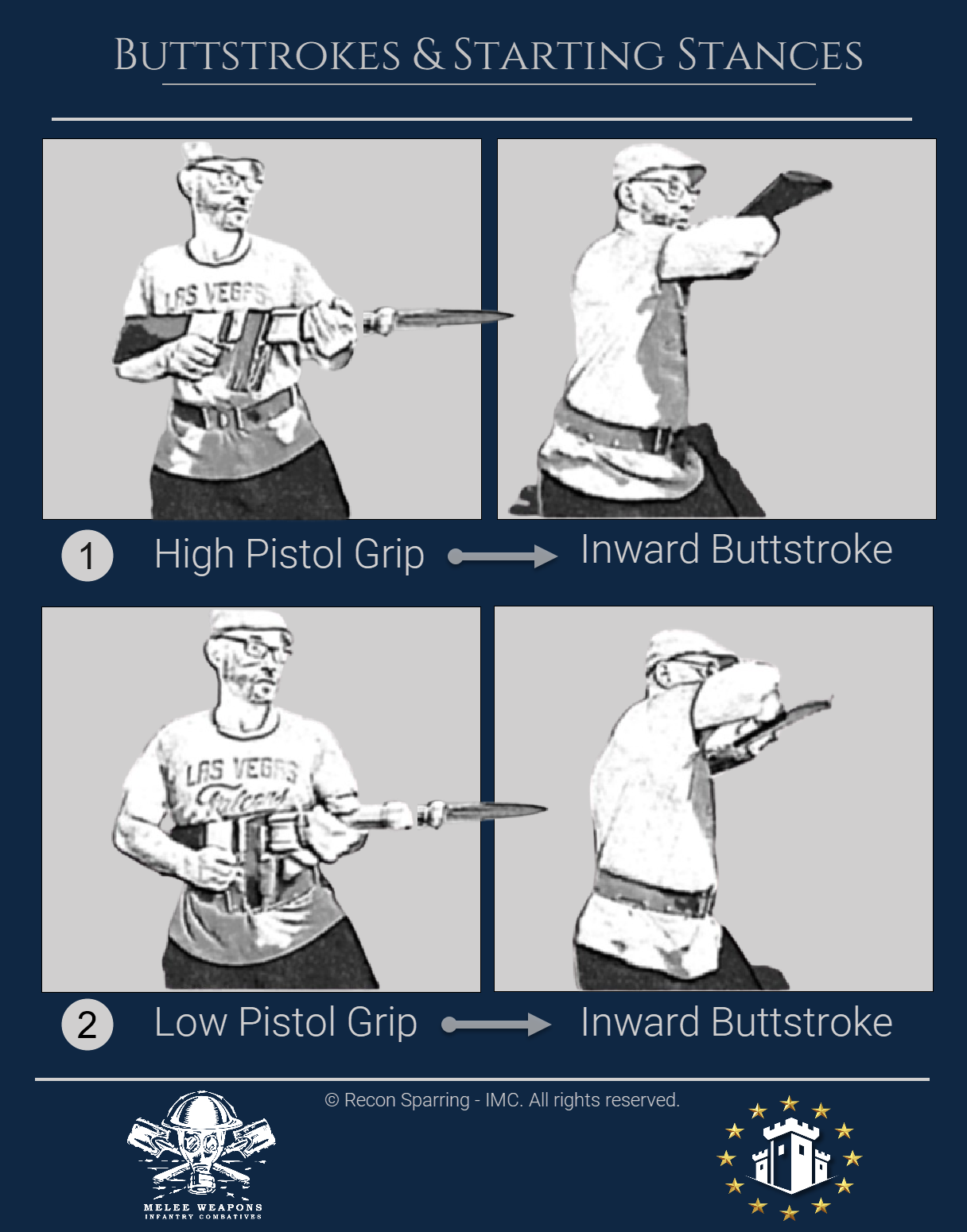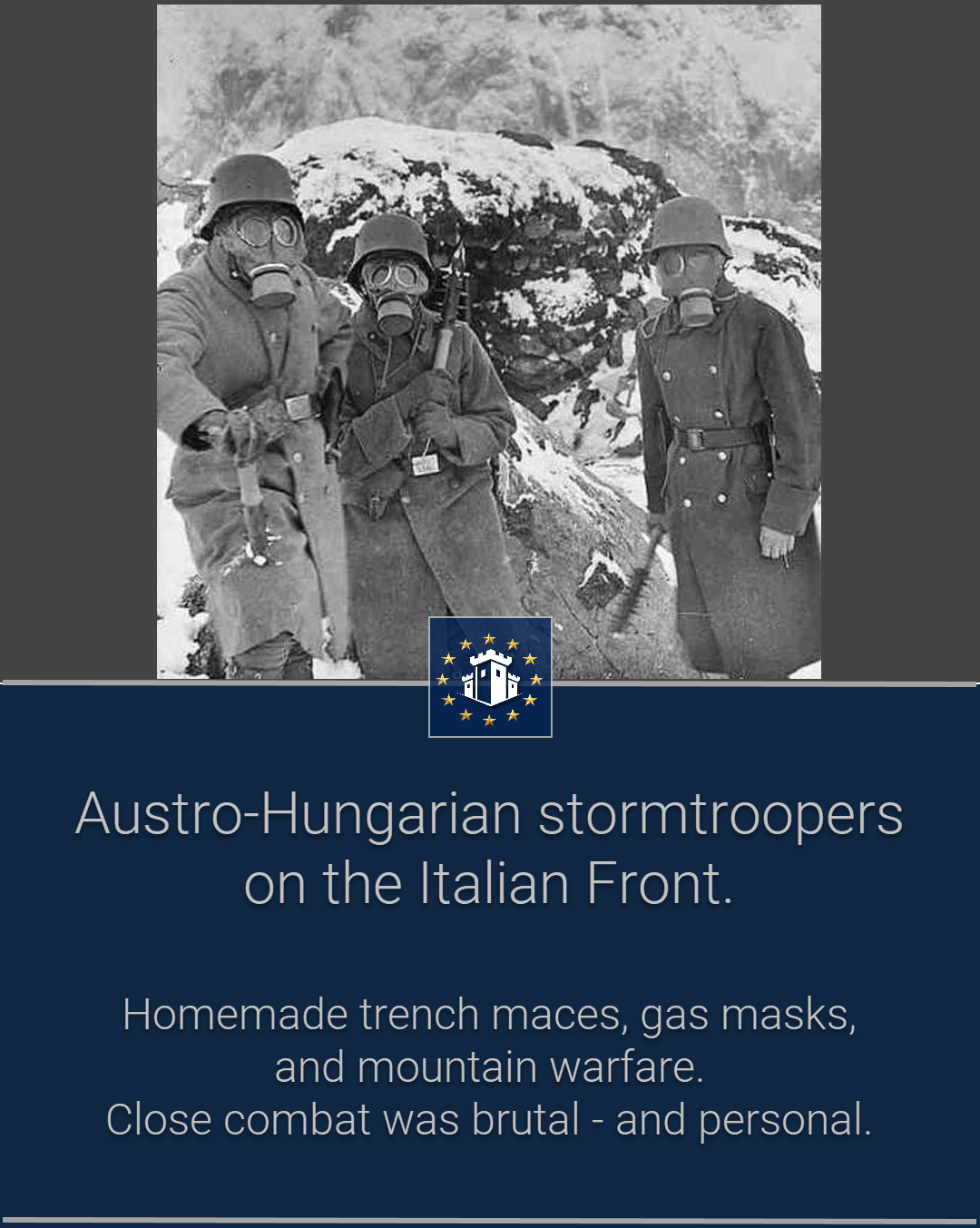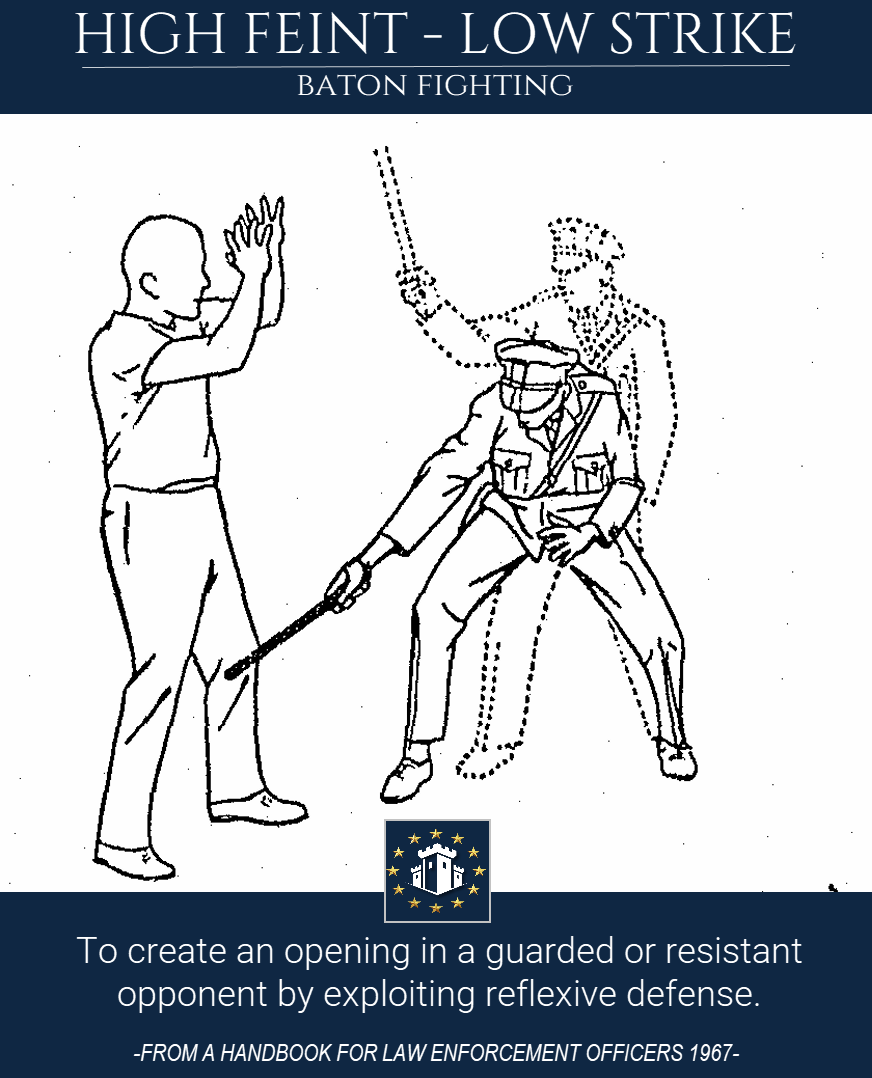Rifle Fighting: Buttstrokes & Starting Stances
The buttstroke stays the same—only the execution adapts.
Whether starting from a high or low pistol grip, the inward buttstroke remains nearly identical. The motion is simply adjusted to match the starting stance, ensuring fluid transition and maximum impact from any ready position.
I’ll share more buttstrokes soon, as these are considered the standard and very short ones. We also have some interesting modified versions with more reach and power.
Striking with a rifle and bayonet is part of our IMC training.
When firing is no longer an option, your firearm becomes a melee weapon—and you need to know how to use it effectively.
DISCLAIMER: For those thinking—just use your bayonet—we do that too. But in this post, we focus on the buttstroke. I hope that is this allowed.


